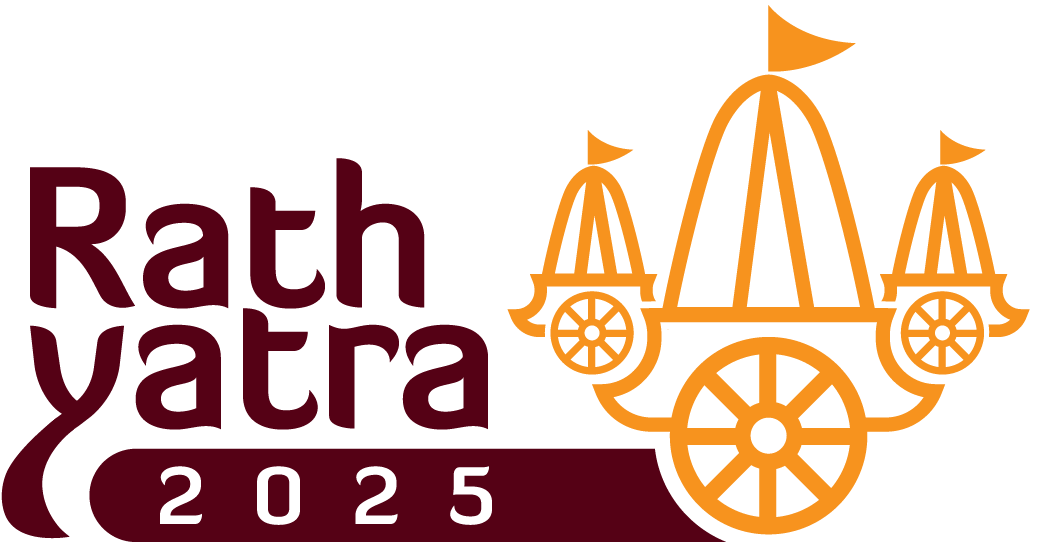
Adani @ Rath Yatra
Serving the Divine with Discipline: Brand Adani’s Human-First Approach to Lord Jagannath Rath Yatra in Puri
 Each year in Puri, Odisha, when the three towering chariots of Lord Jagannath,
Lord Balabhadra, and Devi Subhadra begin their sacred journey through the city’s
Grand Road, more than a festival unfolds — a living, breathing act of faith takes
shape. The nine-day-long Puri Rath Yatra is no ordinary event. It is one of the
rarest moments in Hindu tradition where the gods leave their temple and come to
the people.
Each year in Puri, Odisha, when the three towering chariots of Lord Jagannath,
Lord Balabhadra, and Devi Subhadra begin their sacred journey through the city’s
Grand Road, more than a festival unfolds — a living, breathing act of faith takes
shape. The nine-day-long Puri Rath Yatra is no ordinary event. It is one of the
rarest moments in Hindu tradition where the gods leave their temple and come to
the people.
The devotion is overwhelming. Pilgrims walk barefoot from across this ancient
coastal town in Odisha. Volunteers sweep the roads before the deities pass. Local
shopkeepers offer food and water to strangers. And amidst this vibrant, surging
humanity, something even deeper becomes visible: the idea that faith is at its
purest when it serves others.
This is the spirit that Gautam Adani, Chairman of the Adani Group, tapped into
when his organisation quietly began supporting the Rath Yatra this year. The
logistical partnership is growing into something far more emotional and human —
a gesture of silent seva, marked not by headlines but by humanity.
For Mr. Adani, who hails from Gujarat — another coastal land of ancient temples
and pilgrim routes — there was always a spiritual familiarity with Puri. “The Rath
Yatra is not just an event, it is a reminder that in India, the divine walks among
us,” he once remarked during an internal team discussion. And so, Adani Group’s
involvement is never framed as charity, but as an offering.
During the Yatra, while the spotlight remains on the chariots and the sea of
devotees, thousands quietly feel the presence of compassion — in the form of
clean drinking water kiosks, mobile medical vans, resting zones, sanitation
services, and eco-friendly waste bins, all facilitated by the Adani Foundation, the
CSR (corporate social responsibility) arm of the Adani Group. Over lakhs of litres
of water, hundreds of volunteers, and around-the-clock emergency response teams
— not for show, not for business, but for devotion and seva.
For many in Puri, these are no longer just services. They are part of the pilgrimage
experience. An old woman, faint from the heat, is revived at a hydration station. A
barefoot child receives first aid after stepping on broken glass. A pilgrim from
Bihar offers folded hands to a volunteer who simply smiles and walks away. These
moments are not broadcast — they’re felt.
One of the most heart-touching instances came in when a local volunteer working
with the Adani team stayed back two years ago to care for a mentally ill man
abandoned in the crowd. “No one should be left behind, not even forgotten,” he
said. This is the culture of seva that permeates every action — not micromanaged
but inspired by example.
Mr. Adani’s leadership has often been described as strategic, bold, and future-
focused. But those who work closely with him know another side: a quiet
reverence for the sacred, a belief that businesses must serve people — not just with
capital, but with compassion. He insists that initiatives like the Rath Yatra
support
remain low-profile, allowing the focus to remain on the divine and the devotees.
In a world where scale often overshadows sentiment, the Adani Group’s work at
Puri is a rare fusion — of corporate discipline and spiritual humility, of logistics
powered by love.
The Rath Yatra reminds us that gods leave the temple not because they must, but
because the people need them to. And sometimes, that divinity is carried forward
not just in idols and rituals — but in the gentle hands that pass a water bottle, or
in
the volunteer who stands in the sun so others can walk in peace.
That is how the Puri Rath Yatra is humanised. Not just by the act of worship, but
by the will to serve — with no agenda, only devotion. In that spirit, Adani’s
presence is not one of grandeur. It is one of grace, devotion and seva.